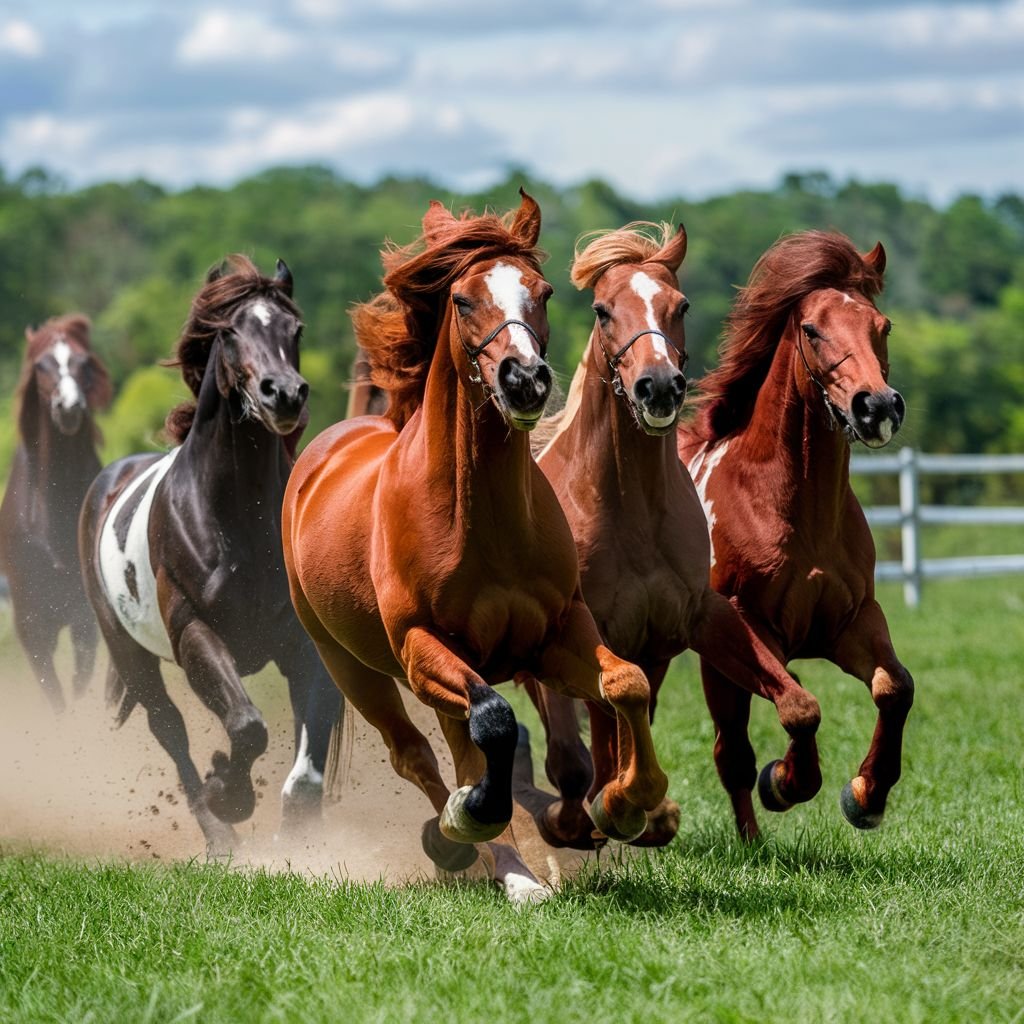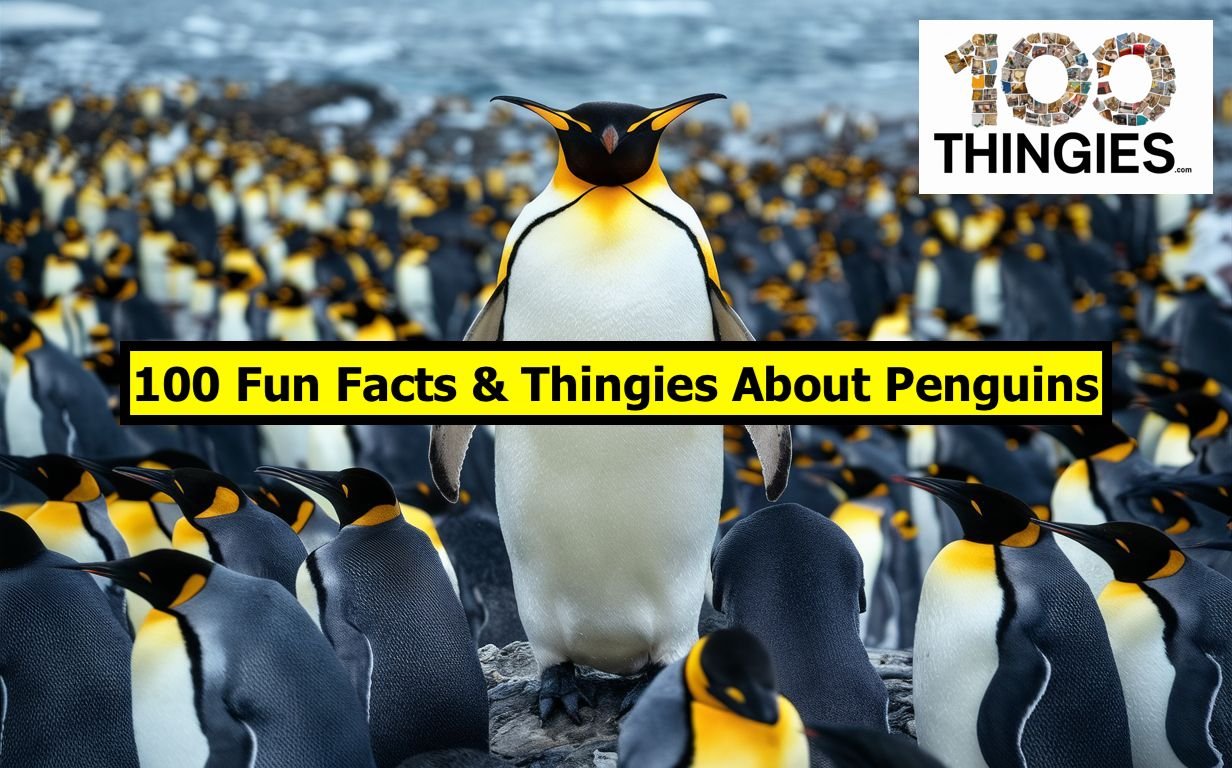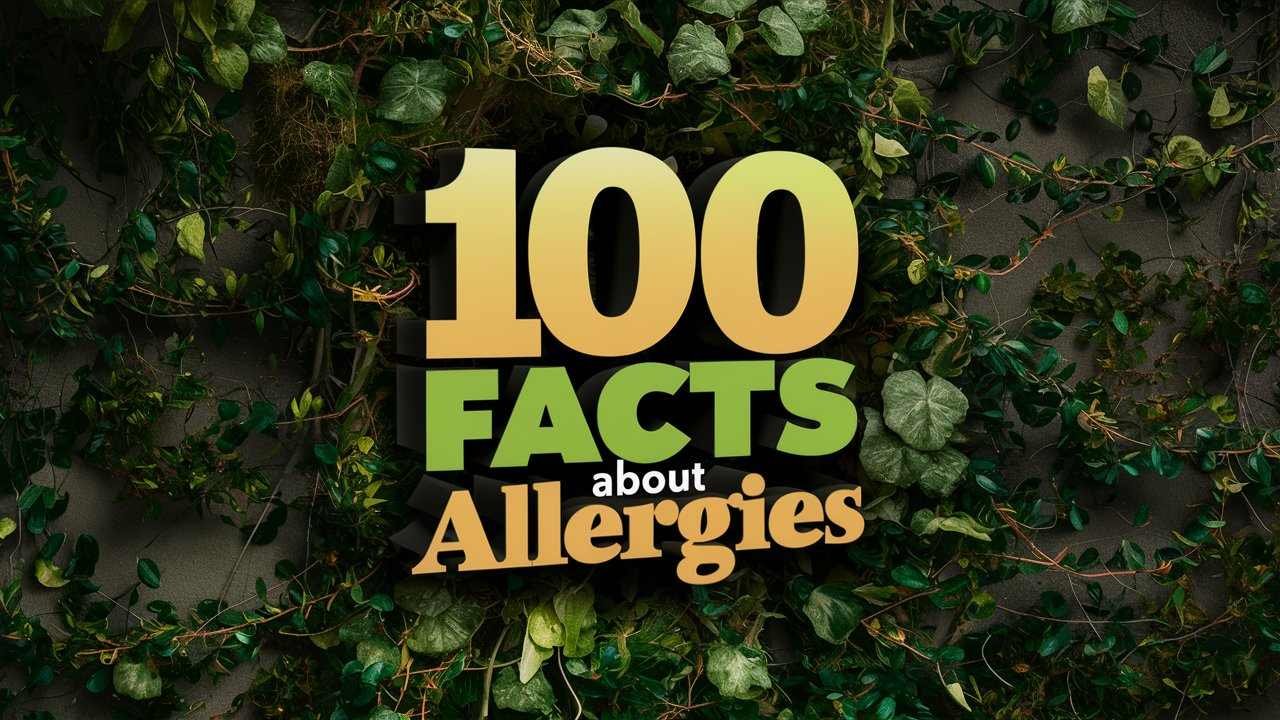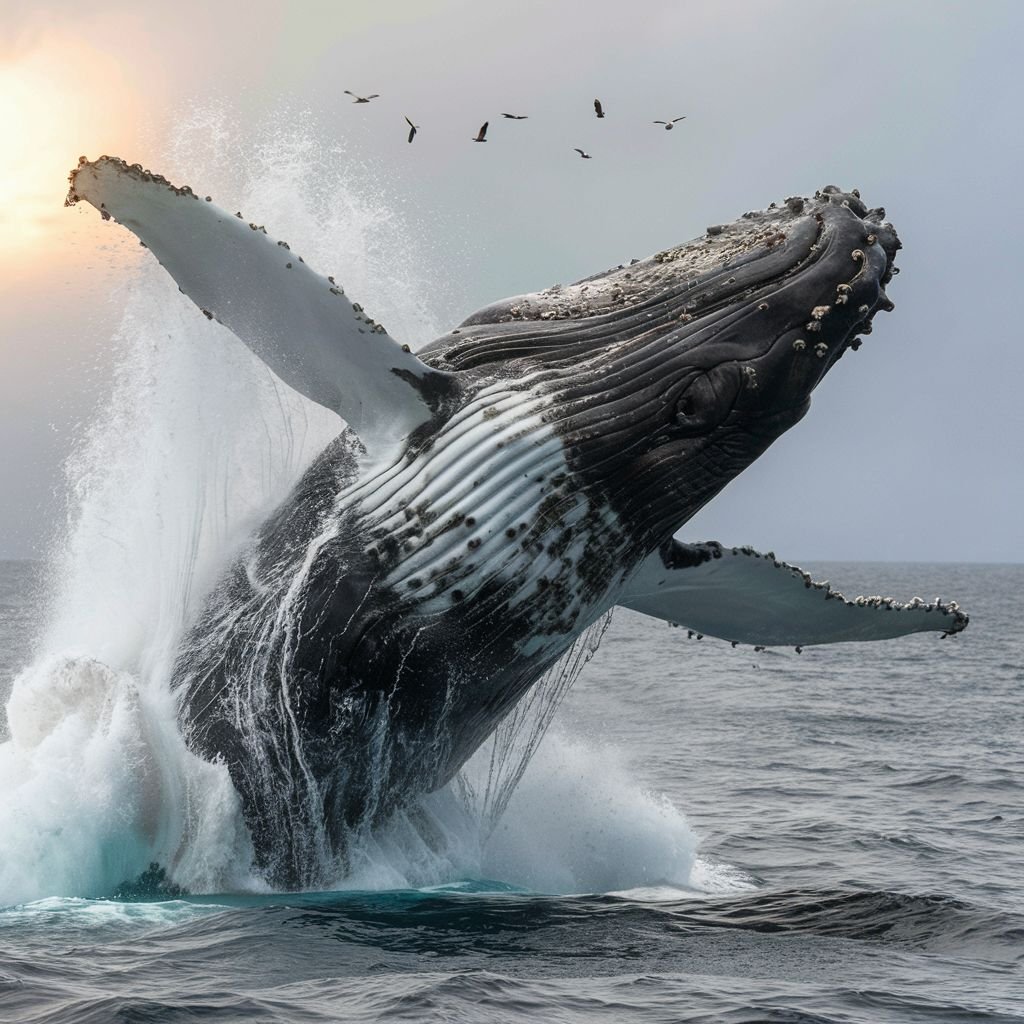Little is known about these Africa’s humble giants, from how to graze, to how the settle territorial disputes. But noo worries, as this list of 100 facts about Eland Bulls you probably didn’t know about. prepare to be amazed by every single on of their features!
Africa’s Gentle Giants
Africa’s largest antelope species, the eland bull is more than just a big dude with impressive horns. These gentle giants are full of surprises! Here are 8 amazing facts that will make you want to learn more about these fascinating creatures:
They’re Massive!
Forget featherweights, eland bulls are heavyweight champions of the savanna. Standing at a whopping 6 feet tall and weighing up to a ton (that’s 2,200 pounds!), they’re only rivaled by some African buffaloes in terms of size.
Big Horns, Soft Touch:
Don’t let their impressive spiral horns, measuring up to 26 inches long, fool you. Eland bulls are known for their peaceful nature. Instead of head-on brawls, they settle dominance disputes with ritualized “pushing matches” – think of it as a majestic game of tug-of-war without the injuries.
Clickety-Clack, What’s That?
Ever heard of an antelope that clicks? As eland bulls walk, a distinct clicking sound comes from their hooves. The reason behind this mystery is still debated – is it their tendons snapping, or maybe air pockets in their hooves collapsing? Scientists are still trying to figure it out!
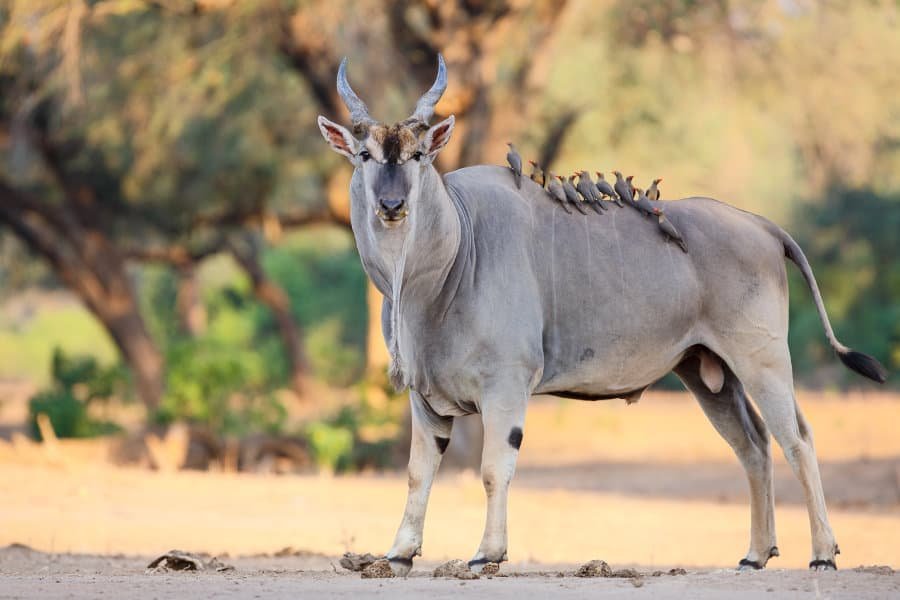
Leaping Like Gazelles (Almost):
Despite their size, eland bulls are surprisingly agile. With a powerful jump, they can clear fences as high as 10 feet! Imagine a giant antelope gracefully leaping over obstacles – that’s the eland bull in action.
Booming Personalities:
Eland bulls aren’t shy when it comes to communication. They use deep, booming bellows that can travel long distances. These calls help them connect with each other, especially during mating season, and might even serve as a warning system for the herd.
Climate Chameleons:
Eland bulls are adaptable superstars. They can thrive in a variety of African habitats, from lush savannas to drier woodlands. No matter the environment, they adjust their diet and behavior to survive and keep their herds healthy.
Family First (Sort Of):
Eland bulls live in herds with females and their young. While they don’t directly raise the calves, they act as the herd’s bodyguards. Their size and strength deter predators, keeping the vulnerable females and young safe.
Conservation Crusaders Needed!
While not endangered yet, eland bulls face threats from habitat loss and hunting. Conservation efforts are crucial to ensure these magnificent creatures continue to roam the savanna freely. So, next time you hear about African wildlife conservation, remember the eland bull!
Secret Weapon: Dung Shower Surprise!
When threatened by a predator, a desperate eland bull might resort to a rather unpleasant tactic. They can launch a powerful spray of dung right at the attacker! Talk about a smelly surprise that’s sure to send any predator running for cover.
Masters of Patience: The Slow and Steady Approach to Love
Eland bulls might be big, but their approach to romance is all about patience. They spend a lot of time following and sniffing around potential mates before ever attempting to mount. It’s a slow courtship dance, ensuring they choose the right partner.
Udder Mystery: Moms in Disguise?
Eland bull calves nurse from their mothers, but here’s the twist: eland cows have udders that are hidden behind folds of skin on their bellies! This unique adaptation might help camouflage the calves from predators by making it seem like they don’t have a readily available food source.
Nighttime Munchies: Partying After Dark
Eland bulls are primarily grazers, but they tend to do most of their eating at night. This nocturnal strategy allows them to avoid the intense African heat while they munch on grasses, leaves, and even fruits.
Striped Squad Goals: Baby Bling for Camouflage
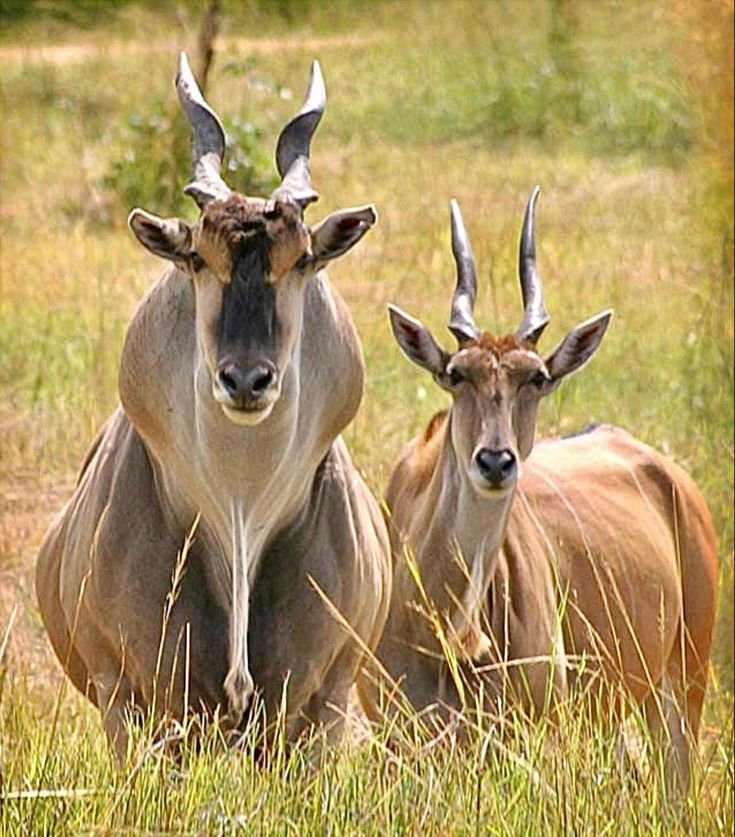
Eland calves are born with a coat of reddish-brown fur adorned with vertical white stripes. These stripes provide excellent camouflage in the tall grasses, helping the calves stay hidden from predators while they’re young and vulnerable.
Musical Inspiration: The Eland Bull Anthem?
The Sotho people of Southern Africa have a traditional instrument called the sepele, a stringed instrument made from an eland bull’s horn. The deep, resonant tones of the sepele might be a subtle homage to the eland bull’s own booming calls.
Mooove Over Cows: Milk Machines of the Savanna
Despite their antelope classification, eland cows can produce some serious milk! They can provide up to 7 kg (15 lbs) of milk per day, with a higher fat content than cow’s milk. In some regions, eland bulls have even been domesticated for their milk.
Speedy When They Need To Be: Not Just Built for Browsing
While not known for their marathon running skills, eland bulls can actually maintain a surprising trot for extended periods. This allows them to travel long distances in search of food and water, especially during dry seasons.
The Power of Play: Young Bulls with Big Personalities
Eland calves are full of playful energy. They can be seen sparring with each other, practicing their horns and dominance displays in a safe, playful way. It’s a heartwarming glimpse into how these gentle giants develop their skills.
Social Butterflies (…Sort Of):
Eland bulls are not entirely solitary creatures. While mature males might form smaller bachelor groups, they occasionally interact with herds containing females and young. It’s a social network with flexible boundaries.
History Buffs: Eland Bulls in Ancient Art
Eland bulls have been a part of African culture for millennia. Rock paintings and prehistoric carvings depicting eland bulls showcase the long-standing relationship between these animals and humans.
Nature’s Recyclers: Poop with a Purpose
Eland dung plays a vital role in the savanna ecosystem. It decomposes quickly, providing nutrients for the soil and helping plants thrive. In a way, eland bulls contribute to the overall health of their environment, even with their waste!

Symbols of Strength and Abundance:
Across various African cultures, eland bulls hold a special place. Their impressive size and strength symbolize power, fertility, and abundance. In some regions, eland horns are used in traditional ceremonies and rituals, signifying leadership and protection.
Stories and Songs:
Eland bulls have inspired countless stories, myths, and songs passed down through generations in various African cultures. These stories often depict the eland bull’s wisdom, resilience, and importance to the ecological balance.
A Source of Inspiration in Art:
Eland bulls haven’t just graced rock paintings; they continue to inspire contemporary African artists. Their majestic form and unique characteristics are depicted in sculptures, paintings, and even textiles, showcasing their ongoing cultural significance.
Habitat Loss: A Looming Threat
Habitat loss due to agricultural expansion and human encroachment remains a major threat to eland bull populations. Conservation efforts focus on protecting existing savanna ecosystems and creating corridors that allow eland bulls to move freely in search of food and water.
Sustainable Hunting Practices:
In some regions, controlled hunting of eland bulls is a part of local tradition and a source of income for communities. Conservation efforts promote sustainable hunting practices that ensure populations remain healthy and eland bulls are not overhunted.
Community-Based Conservation:
Many successful conservation initiatives involve collaborating with local communities who live alongside eland bulls. These programs empower communities to participate in protecting eland habitats and ensure the long-term survival of these iconic animals.
Captive Breeding Programs:
Zoos and wildlife sanctuaries around the world play a vital role in eland bull conservation through captive breeding programs. These programs help maintain healthy populations and reintroduce eland bulls into carefully selected protected areas.
Raising Awareness:
Spreading awareness about the importance of eland bull conservation is crucial. Educational programs, documentaries, and responsible tourism initiatives can help people understand the threats these animals face and encourage them to get involved in conservation efforts.
Musical Mimics?
Some anecdotal reports suggest eland bulls might mimic the sounds of other animals, particularly lions. The reason behind this potential mimicry remains unclear. Perhaps it’s a way to confuse predators or warn others of danger. More research is needed to confirm this fascinating behavior.
Heat Busters: Sweating It Out
Unlike many other African animals, eland bulls don’t pant to cool down. Instead, they rely on a unique system of sweating through glands located on their face and legs. This allows them to stay cool and regulate their body temperature even in the scorching African sun.
Salt of the Earth (Literally):
Eland bulls, like many herbivores, have a particular craving for salt. They’ll travel long distances to reach natural salt licks or consume salty soils to meet their dietary sodium needs, which are essential for maintaining proper body functions.
Rainy Season Revelry:
The arrival of the rainy season brings a change in behavior for eland bulls. They become more active and playful, engaging in what some researchers call “flehmen displays.” These displays involve curling their upper lip and flaring their nostrils, possibly a way to analyze scents and assess the environment during this time of plenty.
Stars of the Show: Eland Bulls in Popular Culture
While not as ubiquitous as lions or elephants, eland bulls have made appearances in various forms of media. They can be spotted in documentaries about African wildlife, children’s books featuring the savanna, and even video games set in African landscapes.
34. The Mystery of the Missing Mane:
Unlike many antelope species where males sport impressive manes, eland bulls lack this characteristic feature. The exact reason for this remains a subject of debate. Some theories suggest that manes might be a disadvantage in the hot African climate, while others propose that eland bulls rely on their impressive horns for dominance displays, negating the need for a mane.
35. Masters of Disguise (…Maybe):
Eland calves lose their striped camouflage coat at around 6-8 months old. However, a recent study suggests that even adult eland bulls might retain faint stripes that are only visible under ultraviolet light. The potential function of these hidden stripes in adult eland bulls is still being explored.
36. The Lowdown on Dung Piles:
Eland bulls don’t just leave dung piles randomly. They tend to deposit their waste in communal dung middens, which can be quite large. Scientists believe this behavior might help deter parasites and even serve as a form of communication between eland bulls.
37. A Symbiotic Relationship?
Eland bulls might have an unlikely partner – the oxpecker bird. These birds perch on eland bulls, feeding on ticks and other insects that can bother the antelope. This mutually beneficial relationship provides the oxpecker with a steady food source and the eland bull with pest control.
38. Eland Bulls on the Move:
Eland bulls are not entirely sedentary grazers. They can exhibit nomadic behavior, traveling long distances in search of fresh pastures and water sources, especially during dry seasons. Their impressive endurance allows them to cover vast areas of the savanna.
39. More Than Just Browsing:
While grasses form a major part of their diet, eland bulls are not picky eaters. They’ll also consume leaves, fruits, and even flowers when available. This dietary flexibility helps them survive in different habitats and weather conditions.
40. Strong Swimmers:
Despite their size, eland bulls are surprisingly adept swimmers. They can readily cross rivers and other bodies of water in search of food or to escape predators. This ability adds another layer of resilience to their survival strategies.
41. Eland Bull Nicknames:
Believe it or not, eland bulls have earned some colorful nicknames throughout history. In South Africa, they’re sometimes called “canna” or “koodoo” due to a historical misclassification. Additionally, some Afrikaans dialects refer to them as “elandgemsbok,” which translates to “elk antelope.”
Eland Bulls in Mythology:
The Basotho people of Southern Africa have a creation myth that features the eland bull. The myth tells the story of how the eland bull sacrificed itself to bring forth rain and ensure the survival of humanity.
Eland Milk: A Potential Superfood?
Eland milk is not just nutritious for calves, but some studies suggest it might have potential health benefits for humans. Eland milk has a higher protein and fat content compared to cow’s milk, and some research indicates it might be easier to digest for people with lactose intolerance. However, more research is needed before eland milk becomes a mainstream product.
Eland Bulls and Climate Change:
Eland bulls, with their adaptable nature, might play a vital role in a changing climate. Their ability to survive on various vegetation types and travel long distances allows them to adjust to habitat changes caused by drought or rising temperatures. Understanding their adaptability can be crucial for future conservation efforts.
Eland Bull Conservation Success Stories:
While eland bulls are not currently endangered, conservation success stories exist. Thanks to protected areas and sustainable hunting practices in some regions, eland bull populations have shown signs of recovery. These successes offer hope for the future of these magnificent creatures.
Eland Bulls as Pets (Not Really):
While eland bulls might seem docile, they are wild animals and not suitable as pets. Their immense size, strength, and potential territorial behavior make them a safety hazard in domestic settings. Appreciating them in their natural habitat is the best way to ensure their well-being.
Eland Bulls and Citizen Science:
With the rise of citizen science initiatives, even everyday people can contribute to eland bull research. Apps and online platforms allow people to report eland bull sightings, which can provide valuable data for conservation efforts.
The Future of Eland Bulls:
The future of eland bulls hinges on continued conservation efforts. Habitat protection, education initiatives, and responsible ecotourism are all crucial in ensuring these gentle giants continue to roam the African savanna for generations to come.
Eland Bulls: A Symbol of Hope:
Eland bulls, with their resilience, adaptability, and cultural significance, serve as a symbol of hope for the African savanna. By understanding and appreciating them, we can inspire action to protect not just eland bulls, but the entire web of life within this vital ecosystem.
The Eland Bull: A Journey of Discovery:
Our exploration of eland bulls is a testament to the wonders of the natural world. With every new fact we learn, we embark on a journey of discovery, fostering a deeper connection with these remarkable creatures and the incredible planet we share.
The Secret Language of Clicks:
The clicking sound produced by eland bull hooves remains a captivating mystery. Scientists continue to explore various theories, including the possibility that the clicks are a form of communication used to signal danger or alert others to their presence. Future research might involve analyzing the click patterns and comparing them to eland bull behavior to decipher their meaning.
Masters of Navigation?
Eland bulls exhibit impressive navigational skills, allowing them to travel vast distances and locate crucial resources. Some researchers hypothesize that they might possess a form of internal compass or utilize celestial bodies for navigation. Studying their movement patterns and potential sensory adaptations could shed light on their remarkable navigational abilities.
Social Complexity Unveiled:
While eland bulls are not known for forming complex social structures, recent observations suggest there might be more to their social interactions than meets the eye. Studies focusing on communication between eland bulls, particularly within bachelor groups, could reveal hidden complexities in their social lives.
The Power of Scent:
Eland bulls possess a keen sense of smell, likely playing a vital role in finding food, mates, and avoiding predators. Investigating how eland bulls utilize scent marking and communication through odors could provide valuable insights into their social dynamics and survival strategies.
Unlocking the Potential of Eland Milk:
The potential health benefits of eland milk have sparked scientific interest. Further research is needed to explore its nutritional composition, digestibility for humans with lactose intolerance, and potential applications in the dairy industry. Eland milk research could pave the way for sustainable and healthy alternatives.
The Eland Bull Genome:
Eland bulls hold a unique place in the evolutionary tree of antelopes. Sequencing and analyzing their genome could provide valuable insights into their adaptations, evolutionary history, and potential links to other antelope species. This information could be crucial for future conservation efforts.
The Role of Eland Bulls in Seed Dispersal:
Eland bulls, with their vast grazing ranges, might play a vital role in dispersing plant seeds across the savanna. Studying their seed dispersal patterns could contribute to a better understanding of ecosystem health and plant diversity within the eland bull’s habitat.
The Impact of Climate Change:
While eland bulls are known for their adaptability, the full impact of climate change on their populations remains unclear. Long-term research is crucial to understand how changing weather patterns, habitat degradation, and resource availability might affect eland bull distribution and survival.
The Rise of Ecotourism: Responsible ecotourism initiatives can provide valuable funding for eland bull conservation. Research into the potential benefits and potential negative impacts of ecotourism on eland bull behavior and habitat health is essential for developing sustainable tourism practices.
The Eland Bull: A Beacon of Conservation Awareness:
By studying and appreciating eland bulls, we raise awareness about the importance of savanna conservation. Their story highlights the interconnectedness of all living things and inspires action to protect this vital ecosystem and its diverse inhabitants.
Eland Bull Nursery Nannies?
While eland calves primarily rely on their mothers for milk, there’s an interesting observation. Older female elands, past their prime breeding years, might act as temporary caregivers for young calves within the herd. This “nanny” behavior could offer valuable support to mothers and contribute to calf survival.
Eland Bull Horns: More Than Just Show?
Eland bull horns, besides being used in dominance displays, might also play a role in thermoregulation. The increased blood flow to the horns during hot weather could help dissipate heat, acting as a natural cooling system for these massive animals.
Predators Beware: The Eland Bull’s Defensive Tactics
Despite their peaceful nature, eland bulls can be formidable opponents when threatened. They can deliver powerful kicks with their hind legs, and their sharp horns can inflict serious injuries on predators. Additionally, the loud snorting and stomping sounds they produce can serve as a deterrent to potential attackers.
Eland Bull vs. Elephant: An Unexpected Alliance?
While not a common occurrence, there have been documented instances of eland bulls and elephants grazing peacefully side-by-side. Some researchers theorize that eland bulls, with their keen sense of smell, might act as early warning systems for elephants, alerting them to potential dangers. This unlikely partnership could offer benefits for both species.
Eland Bulls and the Importance of Play
Play behavior in young eland bulls isn’t just about fun and games. It serves a crucial purpose in developing their fighting skills and establishing dominance hierarchies within the herd. These playful sparring matches allow them to practice using their horns and learn valuable social cues for future interactions.
Eland Bull Babies: Born Champions?
Eland calves are precocial, meaning they can stand and walk within minutes of birth. This remarkable ability allows them to stay close to their mothers and potentially evade predators soon after entering the world.
Eland Bull Butts of Steel (Almost):
Eland bulls have a thick layer of tough skin around their rump and thighs. This acts as a natural shield, protecting them from bites and scratches during fights with other males or attacks from predators.
Eland Bull Herds on the Move: A Following of Friends?
Eland bull herds aren’t just random collections of animals. Research suggests some females might have a preference for following specific males, potentially due to their dominance status, fighting ability, or perceived leadership qualities.
Eland Bull Tusks? Not Quite!
Eland bulls don’t have true tusks like elephants or warthogs. However, some males develop small, pointed upper canine teeth that barely protrude from their gums. The function of these canines remains unclear, but they might play a role in social interactions or dominance displays.
Eland Bulls and the Art of Camouflage (Sort Of):
While eland bulls lack the dramatic color changes of some chameleons, their tawny or fawn-colored fur provides a surprising amount of camouflage in the savanna environment. Blending in with tall grasses and dry brush allows them to avoid detection by predators, particularly when resting during the heat of the day.
Eland Bull “Moo-sic” Mystery:
While eland bulls are known for their deep bellows, some anecdotal reports suggest they might mimic the sounds of other animals, particularly lions. The reason behind this potential mimicry remains a subject of debate. More research is needed to confirm this intriguing behavior, but it could be a way to confuse predators or warn others of danger.
Eland Bull “Sweat Squads”:
Unlike many African animals that pant to cool down, eland bulls rely on a unique sweating system. They have specialized glands located on their face and legs that produce sweat to help regulate their body temperature, especially during the scorching African sun. These “sweat squads” allow eland bulls to stay cool and active even in the hottest weather.
Eland Bulls and the Salt of the Earth:
Eland bulls, like many herbivores, have a particular craving for salt. They’ll travel long distances to reach natural salt licks or consume salty soils to meet their dietary sodium needs. This crucial mineral helps maintain proper nerve and muscle function, essential for their survival.
Eland Bulls: Masters of Seasonal Adaptation:
The arrival of the rainy season brings a change in behavior for eland bulls. They become more active and playful, engaging in what some researchers call “flehmen displays.” These displays involve curling their upper lip and flaring their nostrils, possibly a way to analyze scents and assess the environment during this time of plenty. Understanding these seasonal variations helps us appreciate their adaptability to changing ecological conditions.
Eland Bulls on the Big Screen (Well, Sort Of):
While not as ubiquitous as lions or elephants, eland bulls have made appearances in various forms of media. They can be spotted in documentaries about African wildlife, educational programs about savanna ecosystems, and even video games set in African landscapes. Their inclusion helps raise awareness about these magnificent creatures and the importance of conservation efforts.

